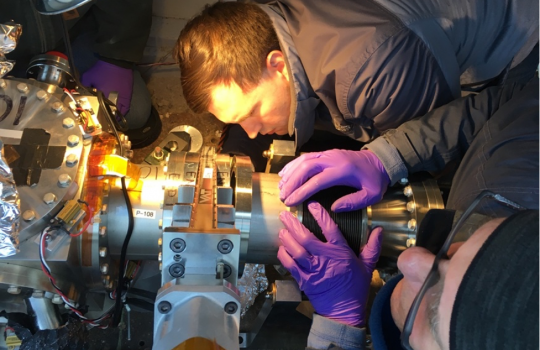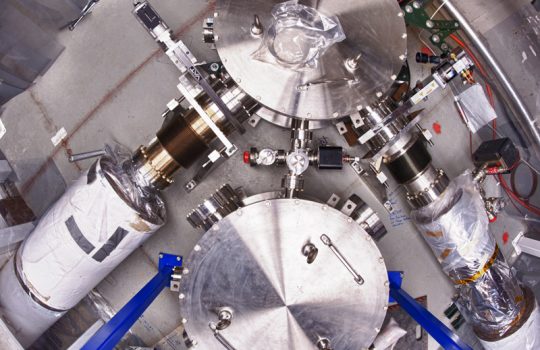Scientists build ‘baby’ wormhole as sci-fi moves closer to fact
From Reuters, Nov. 30, 2022: Researchers from Cal Tech and Fermilab announced on Wednesday that they forged two miniscule simulated black holes – those extraordinarily dense celestial objects with gravity so powerful that not even light can escape – in a quantum computer and transmitted a message between them through what amounted to a tunnel in space-time.



